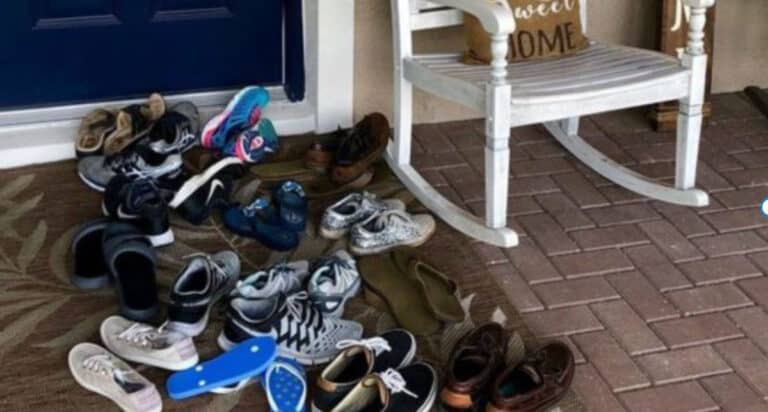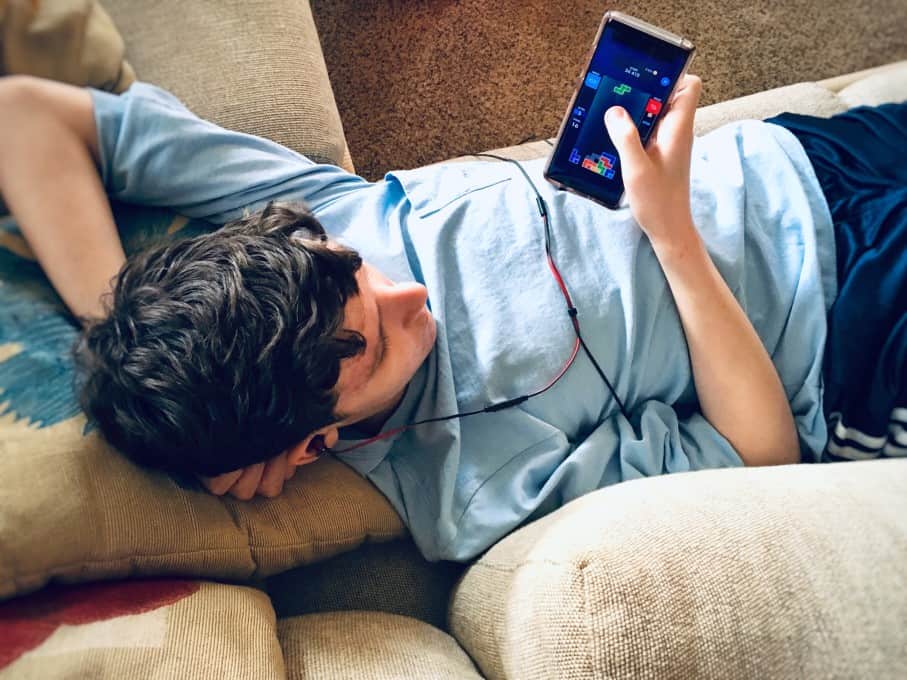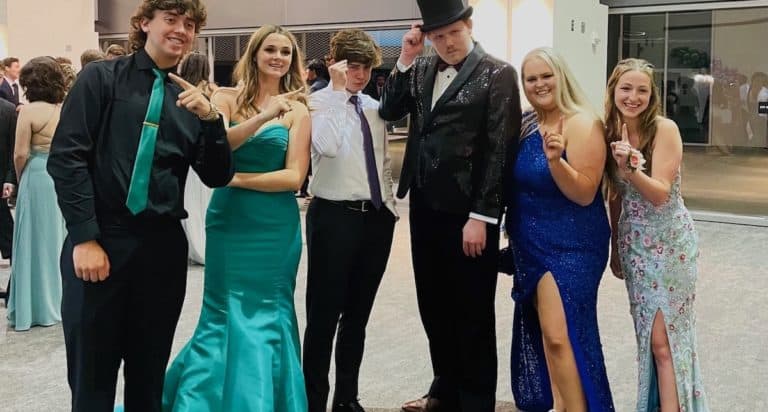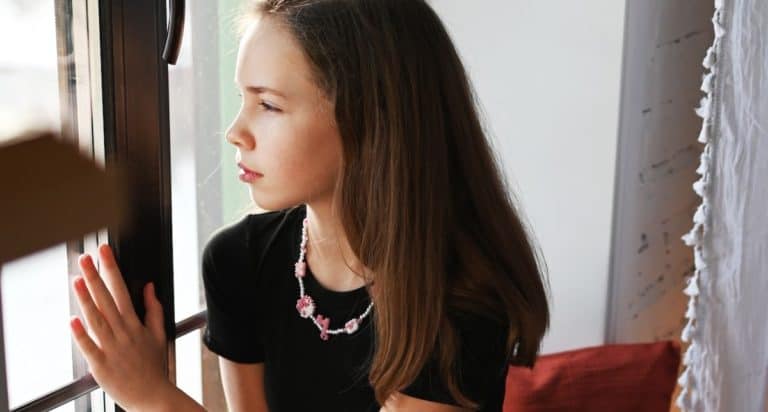“She is awful! I can’t believe she told Becky she didn’t want to work together. That’s so mean!”
I’m a Licensed Marriage and Family Therapist, and when I hear this type of comment from teens I’m counseling, I recall a situation twenty years ago that still makes me ponder on the concept of “being kind.”
I had been so self-righteous teaching my own kiddos “to be kind” and “don’t be mean.” What’s wrong with that? But I didn’t consider other subliminal lessons being taught.
Today, bright posters line school hallways with varying verbiage of “Be Kind.” Social media is filled with posts stating things like “Kindness is free,” heralding “Kindness costs nothing, but it means everything.”
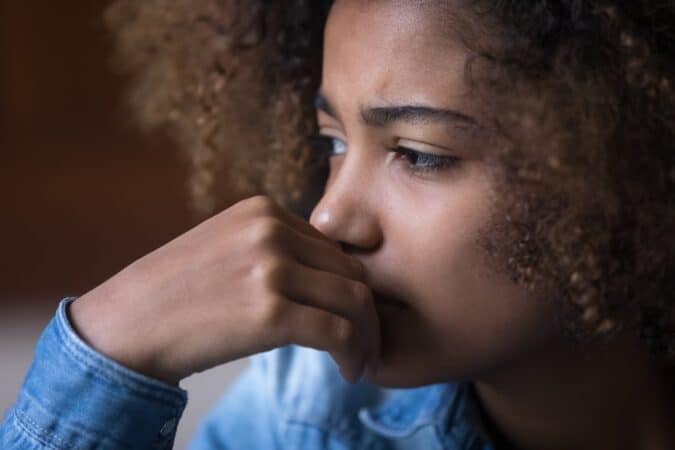
Teens are inundated with messages to be kind
Kids are inundated with these messages as if after being told enough times, bullying will stop. But are we doing our kids a disservice by pushing the message that when given the choice between being right and being kind, ALWAYS choose kind?
Ever since my experience from twenty years ago, I find these platitudes to have the potential to be harmful as they can silence kids’ voices in fear of being “not nice.”
The situation I am remembering requires some background…A boy, we’ll call X, was in my daughter’s first grade class, and he had many struggles. While he could be sweet, there were frequent extreme disruptions. Watching him struggle socially was heartbreaking. He visibly wanted friends, but his behavior made the other kids wary of him.
I was determined that my kids be upstanders but at what cost?
I was determined that my own kids would be “upstanders,” defending students who were excluded by their peers. I was really self- righteous. I asked my daughter to “be nice” and include X whenever possible. We role-played ways to stick up for X when he was ostracized by their classmates and devised strategies for her to manage her frustrations with him.
She was only 6 years old. What smug expectations I had of her.
And because of her “kindness,” she ended up sharing a double-seat table desk with X from September on and was usually his partner on projects.
We refilled school supplies that were destroyed by X, saying these were “just material things that can easily be replaced.” Her worksheets and art projects were flung to the floor, occasionally stomped on by X.
I would tell her, “Some people can’t express their feelings and act badly instead of talking about how they feel.” X banged and kicked at their table or he would roll on the floor underneath her feet. The classroom aide and teacher would try to intervene, redirecting X’s behavior or sometimes removing him from the class
My daughter reached a breaking point with another student
And then it was a broken “Mackie” crayon that was her breaking point. (The “Mackie” crayon’s official name was “Macaroni & Cheese,” a lighter pink/orange color. It was her favorite crayon primarily because “Mackie” was—and still is—her favorite meal.) When X broke her beloved Mackie crayon, she came running to our car after school in tears, declaring she would no longer try to be friends with X.
I made an appointment with her teacher. I felt terrible. It didn’t seem empathetic to request distance from another student when I was aware that child was struggling. Hesitantly, I explained that my daughter needed to have some space from X.
Surprisingly, instead of being judgmental, the teacher was understanding. “Your daughter always volunteers to work with X and always says she’s fine sitting next to him. She’s been very tolerant.”
The next day, the entire class’s seating was changed. My daughter had a new desk mate and group partner for the last few weeks of school.
Be kind but also take care of yourself
In that moment, I learned that while I thought I was encouraging my daughter to be nice, there were other subtle, not-so-great messages, being absorbed. Just like the social media posts state, my words ended simply at “always be kind.” There was no “but also…” added on, telling her she can be kind while taking care of herself as well.
One lesson my daughter had learned was to tell others that she was fine even when she wasn’t, because it would be “mean” if she said she wasn’t okay.
She learned to tolerate it when her property was destroyed.
She learned it was acceptable to be regularly distracted from her own goals because she was nice.
And the scariest message from this experience was that she thought it was ok to defend and befriend someone who was destructive, who behaved inappropriately on a regular basis and who did not reciprocate her friendship. She did this because she had been directed to be kind whenever possible, and she was praised by adults for her decision.
I had downplayed my daughter’s discomfort
What was I thinking? Not only had I also accepted X’s behaviors, but I had downplayed my daughter’s discomfort and angst.
I had let my daughter down.
Imagine how these underlying lessons could have translated into adult relationships. Our kids should never say they’re “fine” with inappropriate behavior from a future boss or allow a future co-worker to demean or destroy a project.
They shouldn’t allow a roommate to be inconsiderate when they’re not able to study. And they shouldn’t think they need to tolerate any type of relationship where the actions of the other person are recognized to be inappropriate, abusive, or even scary, just to be considered “nice.”
I no longer admonish my clients to just be kind
What I learned all those years ago was that while encouraging empathy is important, creating healthy boundaries and standing up for oneself, even if others think it is “mean” to do so, are needed. Because of what happened to my daughter, now when kids come into my office to discuss friendship issues, we explore their situation without admonitions for them to be kind.
Children have shown me bruises on their arms and stomach from their “friend” poking them “as a joke.” A student showed me dozens of text messages sent from a classmate in just one night, bombarding her with questions asking what she is doing, why she isn’t responding, why she is being so mean by ignoring the texts. I’ve been given screenshots of vicious posts on social media by a boy’s sixth grade classmates.
These types of actions make kids want to avoid some of their peers or to get out of friendships, but they aren’t sure how to create distance without being perceived as unkind. They worry what others will think of them. Other people, especially adults, aren’t always aware of the dynamics underlying the interactions of the kids. They unintentionally encourage them to be “nice” so kids think to themselves, “People will say I’m a ‘mean girl’…” when in reality, they are just setting boundaries.
I work with my patients to create healthy boundaries
When this happens, the child and I work together to figure out if what is happening is a one-time occurrence or if it’s a pattern of behavior. We generate ideas for managing the situation. Involving adults to help with the separation (such as a parent supporting the statement that their child is too busy to get together) gives options for how to assert themselves. We also discuss that gossiping and spiteful actions are not acceptable ways to create boundaries.
Kids should be polite and respectful to each other, but they shouldn’t be forced to be friends or have relationships with peers whose actions are crossing their personal boundaries. As adults, we don’t always like every person we interact with and that’s okay. We just need to be polite. This is true for our kids as well.
I was wrong to encourage my daughter to choose kindness no matter what
Twenty years ago, that afternoon in April, I apologized profusely to my daughter, telling her that I was so proud of her heart and empathetic spirit, admitting that I had been wrong to encourage her to choose kindness towards X no matter what. I added that together, we could work on self-advocacy and stronger boundaries.
We can be kind to others while also setting limits. Sometimes this may be construed as “being mean” by the outside world, but for the individual person, it can be empowering, giving them confidence in themselves and in their own judgment, which is truly the best lesson of all.
More Great Reading:



